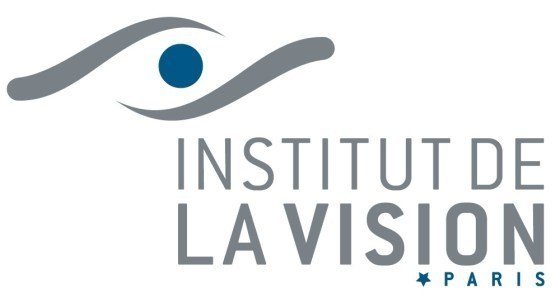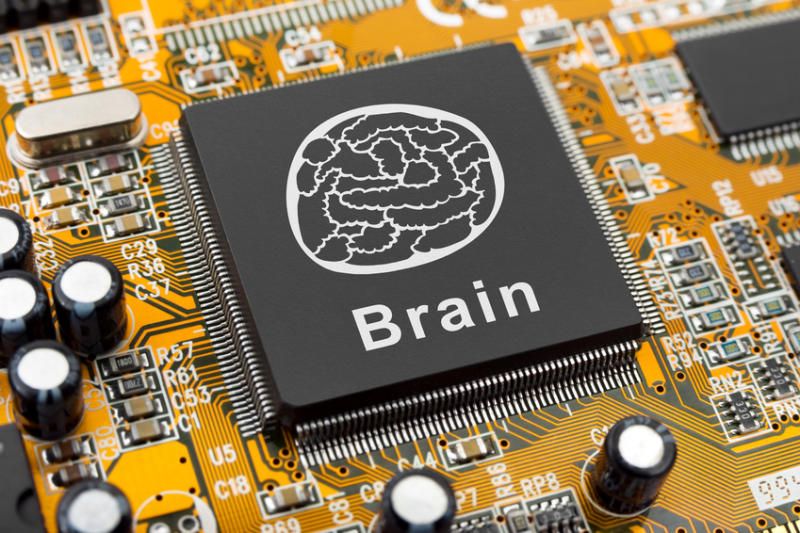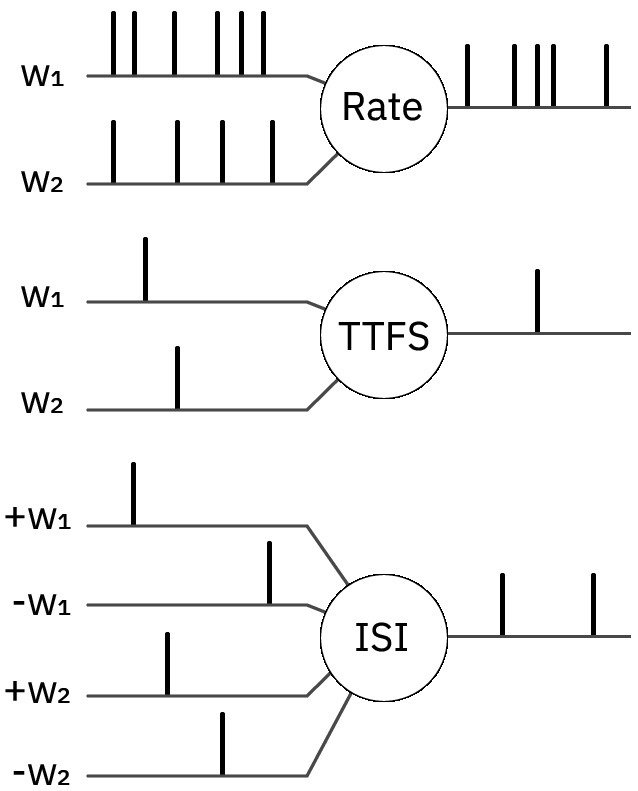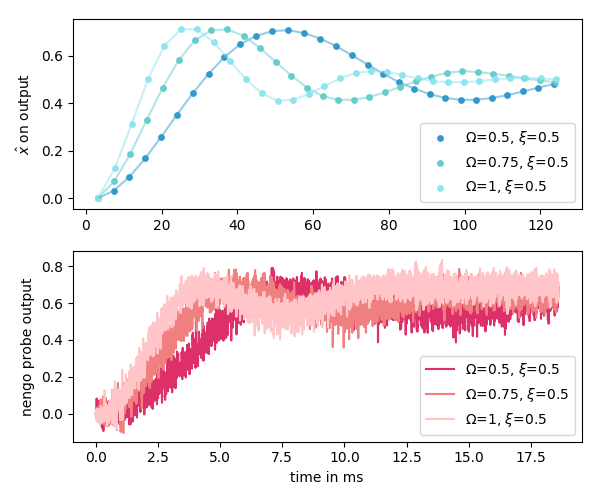Suivi de 2ème année
Gregor Lenz


Titre de la thèse: Neuromorphic Systems for Mobile Computing
sous la direction de Dr Sio-Hoi Ieng et Pr Ryad Benosman
Pr Bruno Gas
Directeur du Département
"Master Sciences de l'Ingénieur"
Sorbonne Université
Dr Camille Simon Chane
École Nationale Supérieure de l’Électronique et de ses Applications
ETIS UMR 8051, CY University, ENSEA, CNRS
Mobile Computing

- limited power capacity
- growing demands of functionality
- need for efficient computing
How does it scale?

- limited power capacity:
~5% battery improvement / year - need for efficient computing: more transistors / area
- growing demands of functionality: cloud computing
==> scales badly!
Can we learn from the brain?
- computes extremely efficiently (20 W)
- completely different mechanisms of computation
- copy it by recreating the basic components
Neuromorphic Engineering
- Artificial neurons
- Computing with spikes
- Asynchronous communication

Neuromorphic System



1. Sensor
2. Algorithm
3. Hardware
Goal: low power system for mobile devices
1. Connecting a Neuromorphic Camera to a Mobile Device
Mobile Phone Android framework
- Motivation: assist elderly and visually impaired people with hand gestures and voice commands
- Prototype that connects a small
event camera - Paper in preparation

- integrates different modalities
(gestures / speech) - displays event camera output
in real time - detects 4 directional gestures
Mobile Phone Android framework

Maro, Lenz, Reeves and Benosman, Event-based Visual Gesture Recognition with Background Suppression running on a smart-phone, 14th ICAG 2019. Best demo award.
Mobile Phone Android framework
Maro, Lenz, Reeves and Benosman, Event-based Visual Gesture Recognition with Background Suppression running on a smart-phone, 14th ICAG 2019. Best demo award.

2. Efficient neuromorphic algorithm for camera data
Event-based Face Detection Using the Dynamics of Eye Blinks
- Lenz et al., Frontiers of Neuroscience 2020


- tracking with μs precision and in difficult light situations
- lower power than gold standard methods
- robust to multiple faces and partial occlusions
Event-based Face Detection Using the Dynamics of Eye Blinks

Lenz et al., Frontiers of Neuroscience 2020
Event-based Face Detection Using the Dynamics of Eye Blinks

3. Algorithm execution on neuromorphic hardware
Neuromorphic Hardware
- Loihi is a neuromorphic research test chip designed by Intel Labs that uses an asynchronous spiking neural network (SNN)
- 128k neurons

Neural Computation on Loihi
- Almost all spiking neural
networks use rate coding
- Temporal encoding exists:
Time To First Spike (TTFS)
but very inaccurate
- We propose alternative
encoding scheme based
on inter spike intervals (ISI)
- paper under submission

Neural Computation on Loihi
- Composable networks for general purpose computing using artificial neurons


Neural Computation on Loihi
- Conversion of networks trained on GPUs for efficient inference on Loihi


Conclusions
- New computing principles for low-power devices
- Brain-like processing (spikes) eases human-machine interfaces
- Neuromorphic computing can potentially extend the capabilities of current devices
Summary of contributions
- 1 journal article published
-
1 paper under submission
-
1 paper in preparation
-
110 page thesis manuscript draft
Other contributions:
Maro, Lenz, Reeves and Benosman, Event-based Visual Gesture Recognition with Background Suppression running on a smart-phone, 14th ICAG 2019.
Haessig, Lesta, Lenz, Benosman and Dudek, A Mixed-Signal Spatio-Temporal Signal Classifier for On-Sensor Spike Sorting, ISCAS 2020.
Oubari, Exarchakis, Lenz, Benosman and Ieng, Computationally efficient learning on very large event-based datasets, to be submitted 2020

20 Watt for 6 years:
1 MWh
Can We Learn From the Brain?

1 GWh
suivi 2ème année
By Gregor Lenz
suivi 2ème année
- 206



